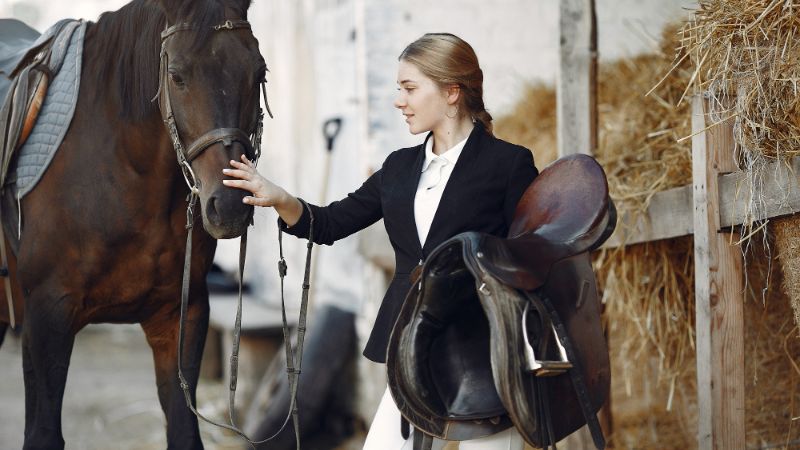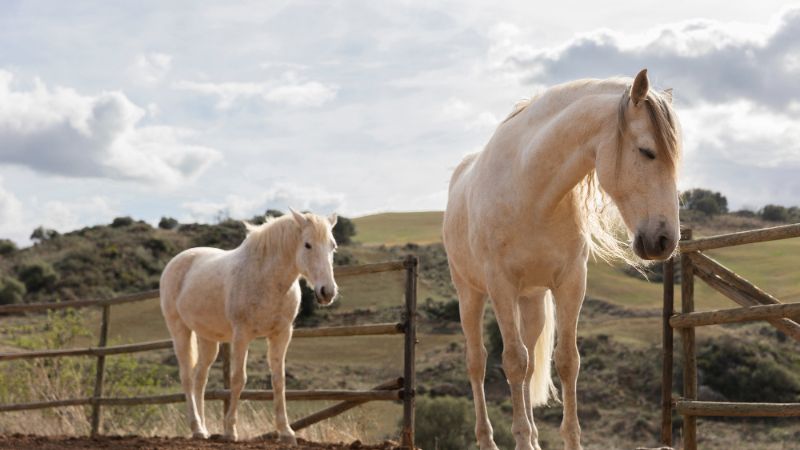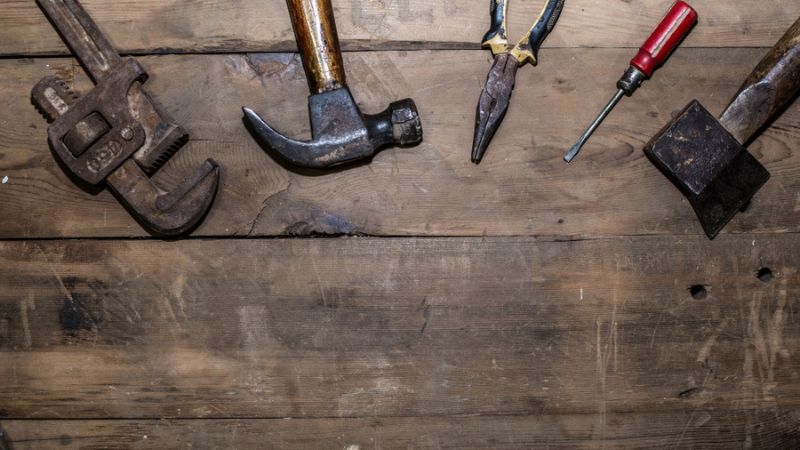How To Choose The Right Cutting Horse Saddle – Choosing the right cutting horse saddle is crucial for both the comfort and performance of both horse and rider. Unlike other types of saddles, cutting horse saddles are specifically designed to accommodate the unique demands of the sport, which requires precision, agility, and quick movements.
These saddles are meticulously crafted with features tailored to enhance rider stability and facilitate communication with the horse during intricate maneuvers. Understanding the anatomy and key components of a cutting horse saddle is essential for making an informed decision.
Factors such as rider experience level, body type, and horse conformation play significant roles in selecting the appropriate saddle. By considering these factors and seeking expert advice, riders can ensure a proper fit that promotes comfort, balance, and optimal performance. This guide will outline essential considerations and provide a roadmap for choosing the right cutting horse saddle to enhance both the riding experience and competitive success.
How To Choose The Right Cutting Horse Saddle
Purpose:
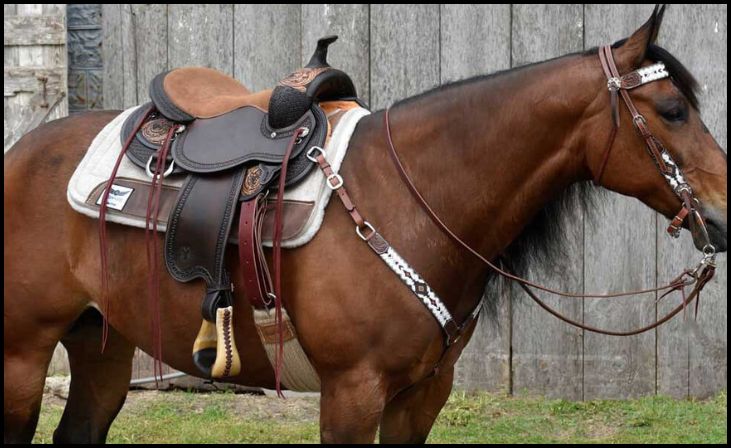
The purpose of a cutting horse saddle is paramount. Unlike other equestrian disciplines, cutting requires a saddle specifically designed to facilitate quick, precise movements while maintaining rider stability. These saddles typically have features like a low horn for better visibility, close contact with the horse, and secure positioning to aid in maintaining balance during rapid changes in direction.
Also Read – Common Mistakes To Avoid In Cutting Horse Training
Seat Size:
Selecting the appropriate seat size is essential for comfort and effectiveness. A saddle with a seat too small can lead to discomfort and even pain for the rider, while one too large may cause instability and hinder communication with the horse. Riders should choose a seat size that allows them to comfortably sit deep in the saddle while maintaining proper alignment with their horse’s movements.
Tree Size and Fit:
The tree of the saddle determines its basic shape and how it fits the horse’s back. An ill-fitting tree can cause discomfort, soreness, and even long-term issues for the horse. It’s crucial to select a saddle with a tree size and fit that matches the shape and width of the horse’s back, ensuring even weight distribution and freedom of movement.
Horn Size and Shape:
In cutting, the horn serves primarily as a reference point for the rider’s hand position and stability. A smaller horn is preferred to allow for unobstructed visibility during maneuvers and to prevent interference with the rider’s movements. Additionally, the horn’s shape should be ergonomic, providing a comfortable grip for the rider without compromising control.
Skirt Length:
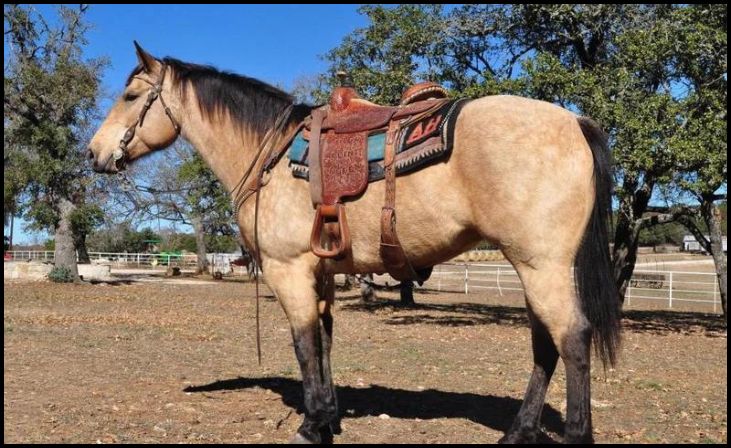
A shorter skirt length is advantageous in cutting saddles as it allows for greater freedom of movement in the horse’s hindquarters during rapid turns and stops. This design minimizes interference between the rider’s leg aids and the horse’s cues, promoting clear communication and agility in performance.
Weight:
While durability is essential, cutting saddles should also be lightweight to minimize strain on the horse during prolonged periods of activity. A lightweight saddle reduces fatigue and discomfort for the horse, allowing it to perform at its best without unnecessary burden.
Quality of Materials:
The quality of materials used in the construction of a cutting saddle directly impacts its durability, performance, and comfort. Genuine leather, high-grade hardware, and quality stitching are indicative of a well-crafted saddle that can withstand the demands of cutting competition while providing long-lasting reliability.
Comfort for Horse and Rider:
Both horse and rider comfort are paramount in selecting a cutting saddle. Features such as padded seats, ergonomic designs, and proper weight distribution contribute to rider comfort during extended periods of riding. Additionally, a well-fitted saddle with ample clearance and padding ensures the horse’s comfort, preventing soreness and discomfort during intense cutting maneuvers.
Brand Reputation:

Choosing a cutting saddle from a reputable brand ensures a higher likelihood of quality craftsmanship, performance, and customer satisfaction. Established brands with a history of excellence in saddle making often have a loyal following and a track record of producing top-tier equipment tailored to the specific needs of cutting enthusiasts.
Try Before You Buy:
Before making a final decision, it’s crucial to try out different cutting saddles to assess their fit, comfort, and performance. This hands-on approach allows riders to experience firsthand how each saddle performs during cutting maneuvers, ensuring they select the best option for themselves and their horses. Additionally, seeking input from knowledgeable professionals, such as trainers or saddle fitters, can provide valuable guidance in making an informed decision.
Conclusion
Conclusion: In conclusion, selecting the right cutting horse saddle is a crucial step in fostering a successful partnership between horse and rider. By prioritizing comfort, fit, and performance, riders can enhance their competitive edge and ensure the well-being of their equine partners.
Through thorough research, expert guidance, and careful consideration of individual needs, riders can find a saddle that not only meets but exceeds expectations. Investing time and effort into this process will ultimately lead to a more enjoyable and successful cutting experience for both horse and rider.
FAQs
What makes a cutting horse saddle different from other saddles?
Cutting horse saddles are specifically designed to accommodate the quick and precise movements required in cutting competitions. They typically have a higher cantle and a deeper seat to provide stability for the rider during sharp turns and sudden stops.
How can I tell whether my horse is properly fitted for a saddle?
A properly fitting saddle should distribute weight evenly across your horse’s back, without any pressure points or restrictions in movement. You can assess the fit by observing your horse’s behavior, such as whether they move freely and comfortably, and by checking for any signs of soreness or discomfort after riding.

